The A-Braai-Cs of Braaibroodjies
South Africans of all stripes love to grill meat over the coals, unsurprising in a large, dry country where the traditional agriculture revolves around farming cattle, sheep, or goats on marginal land, where hunting has been an important food source for most of its history, and where the heat or travel over the long distances often necessitates cooking outside. Even now when it is not a necessity anymore, every cultural group delights in cooking over a fire, but I will talk about the Afrikaner version, the braai, because that is where you will find braaibroodjies (little grilled breads).
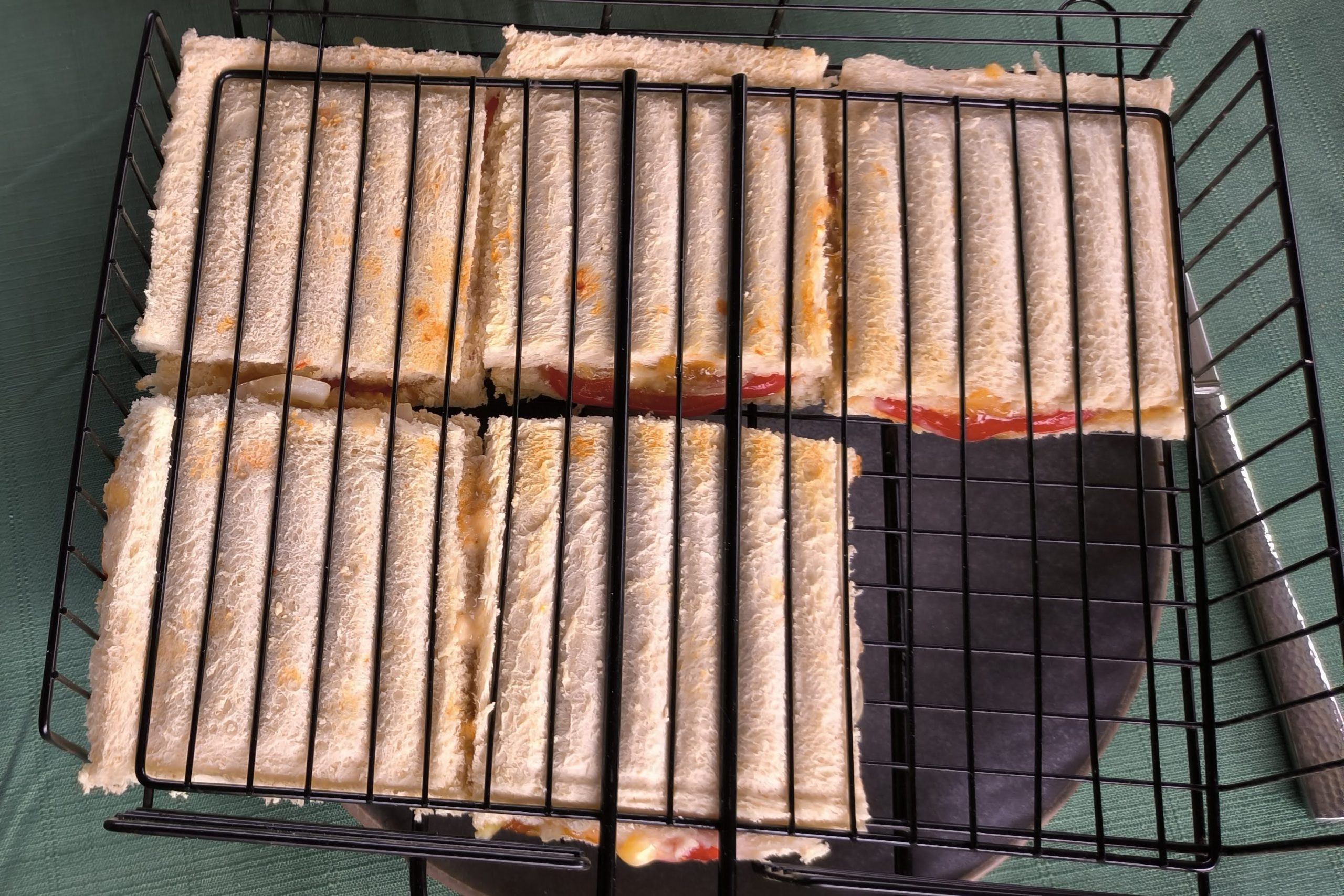
Braaibroodjies are a side-dish at a braai. You can understand their purpose by looking at the central features of a braai. Over a fire of wood or charcoal (a gas grill is an outdoor stove, not a braai) you grill some combination of meats. The most common options are lamb or mutton chops and boerewors (a sausage of beef or beef and pork seasoned with pepper and coriander seed, lightly cured with vinegar, and one of South Africa’s national dishes). Steaks of every kind are only slightly less common. Sosaties, a skewer of cubes of meat along with dried fruit and onions all marinated together in fragrant spices, is another classic option. You also get the other varieties of South African sausage, all variations on boerewors like spekwors with added cubes of pork fat or (my favourite) sosatiewors which has the same fragrant spices as sosatie marinade. Less common are grilled chicken (whole or portions, plain or peri-peri), pork chops, and pork ribs. Along the coast, and especially around Cape Town, you’ll find braais of large fish like mackerel and especially snoek. Prawns, langoustines, and other shellfish (sometimes marinated, such as in peri-peri) are also known to appear on a braai. If you are very lucky you may attend the exceptional event of a spitbraai where a whole animal (normally sheep, but in outrageous day-long affairs a head of cattle) is grilled on a spit. On the other end of the scale there are also various traditional prepared titbits you may braai, such as skilpadjies (little tortoises), packages of liver wrapped in fat netting, which is a favourite of my mother’s. Nowadays these last two items are less common as most people don’t raise and slaughter their own animals anymore. Something you’ll notice about this list is that all of it is meat. So much so that there is a joke among South Africans is that chicken is a vegetable, or another that vegetables are what food eats (don’t ask about the rates of obesity and heart disease among my people). These days a braai is typically accompanied by salads, but even that does not provide much in the way of starch. There are many traditional options to fill this gap. The most commonplace is pap, a maize porridge (essentially, white polenta) cooked in a cast iron pot over coals, which remains a staple food across the country and cultures with many names and variations. Afrikaners normally serve this with a simple tomato and onion relish (tamatiesmoor), but sometimes we use the much more spicy and varied version we’ve learnt from urban black people (chakalaka). Incidentally, I’ve provided Jim with recipes for both, which he posted on the entry for spatlo. Many braais have two cast iron pots off to the side, one for the pap and one for the sauce. More relevant to sandwiches, there are also many breads cooked over a fire, from ones cooked in the same cast iron pots to dough wrapped around sticks and held over the fire. The one that presages a sandwich is roosterkoek (grill cake)—a lump of bread dough cooked in a grill basket over coals. People split these open and enjoy them with various spreads and fillings.

In the world of modern conveniences, you can have a starchy side-dish that is simultaneously much simpler to make and yet more varied and tasty than roosterkoek, by making a sandwich of sliced bread and your choice of fillings, and then braai that over the coals. And that is how the world got braaibroodjies.
Let us talk a bit about the context in which you’d have a braaibroodjie, which is very specific. Braaibroodjies are inseparable from having a braai: you often have a braai without one but never one without a braai. But that does not say much, because Afrikaners will have a braai at the drop of a hat. It is the default social event, and any time or place is suitable for a braai. Not at only have I had hundreds of beer-fueled weekend braais, I’ve also had braais after mid-week Bible study sessions. There are stalls that sell braaivleis (meat prepared on the braai) outside of bars in the nightlife districts of the city, and if you watch a cricket match in South Africa, where lots of the seating around the field is on grassy banks, you will see the spectators’ braais raising a cloud of smoke over proceedings. I’ve had braais at weddings featuring entire animals on the spit, and I’ve had braais by making a fire on the bare concrete of a driveway with a grill resting on two bricks. The dorm I lived in at university had the landings of its stairwell half-exposed to the air to allow circulation, and people would have braais there with coals in aluminium trays. It was in such a tray that I had my own most outlandish braai. While living in Ireland I couldn’t handle my braai-less state anymore, and on a rainy day in Dublin, I had to hold a sheet of cardboard over my tiny collection of coals to protect them from a winter shower. Alongside the meat (boerewors and peri-peri chicken) that braai also featured a braaibroodjie, my childhood favourite filling of thinly sliced carrot and onion. I needed all the comfort I could get in those circumstances!
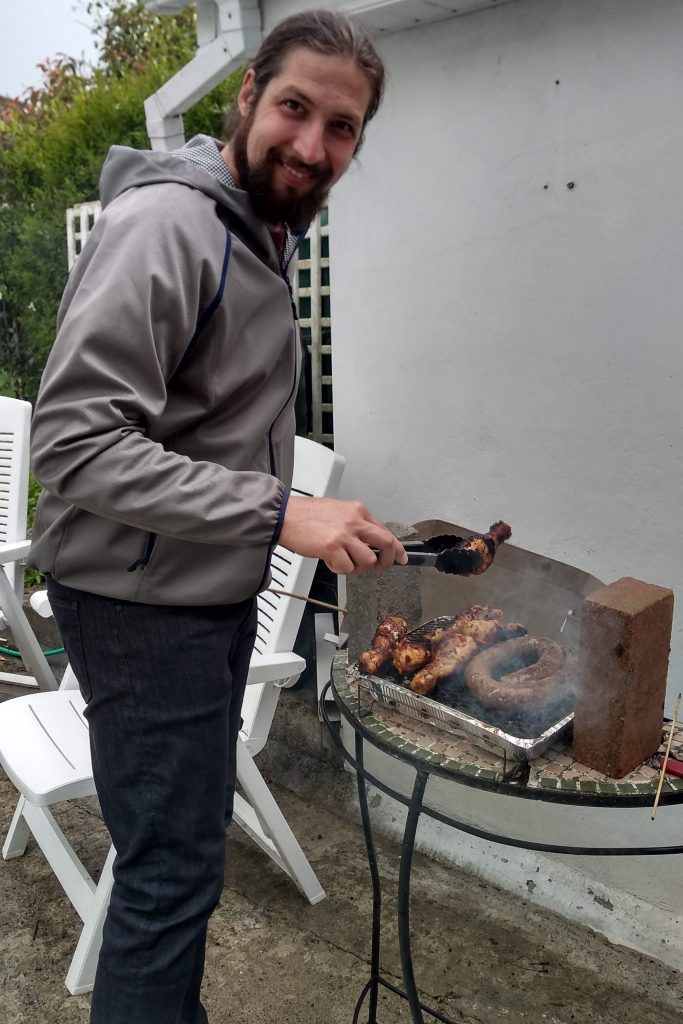
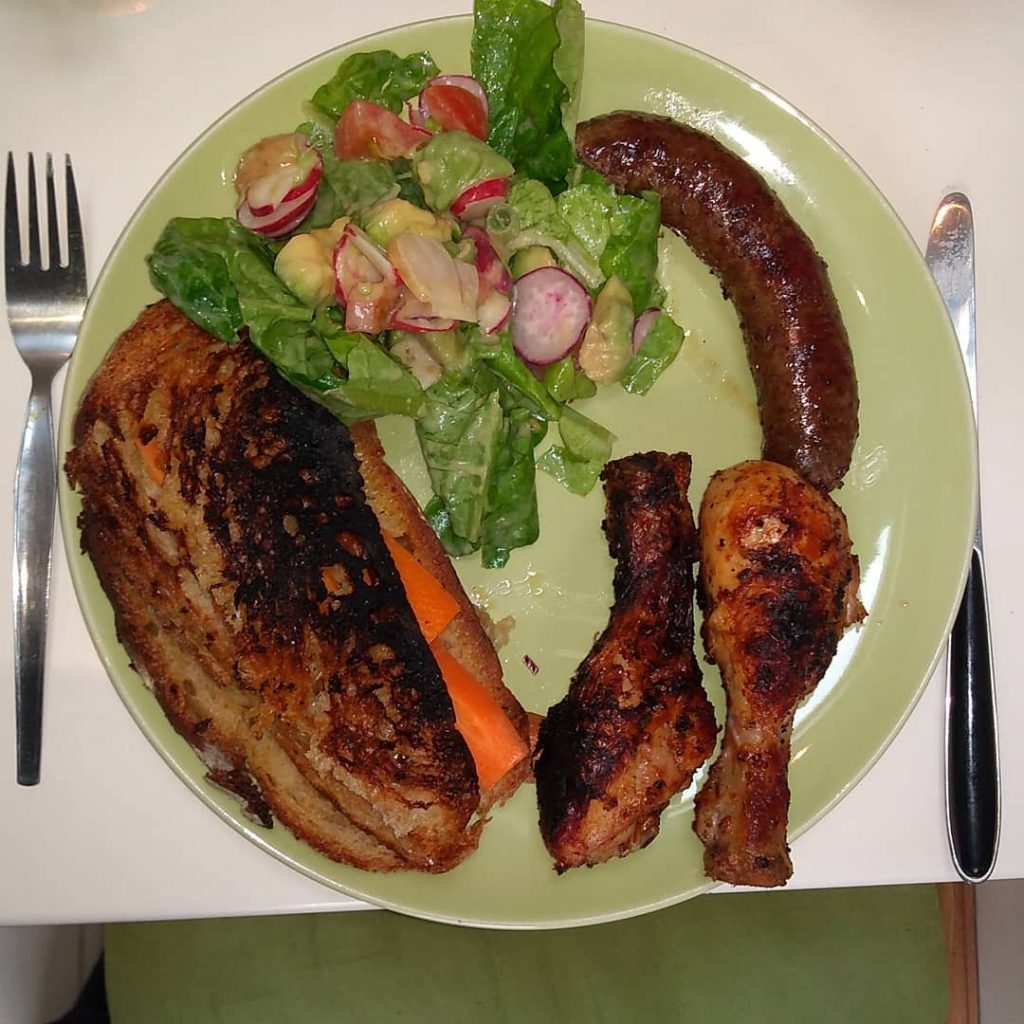
I’ve no experience with social events in the USA, but when I see people talk about tailgate parties it reminds me of the same kind of well-loved, well-attended, casual cook-out. But perhaps ‘casual’ is the wrong word, because Afrikaners take braais extremely seriously, in much the same way that Italians take pasta seriously. There is nothing inherently difficult or exclusive about grilling meat over coals or turning flour and water into edible shapes, and these are everyday occurrences, but there are time-honoured right ways to do so, and both the making and enjoyment of each demands respect. This is despite the actual braai being quite simple, nothing more than a wood or charcoal fire with a grill suspended above it. Nothing as intricate as, say, American low-and-slow barbecue, and often forgoing even such simple features as a two-zone fire as people try to fit all the meat on the grill. But nonetheless a braai is a very rigidly established form. For that reason wherever in the world you find a dozen Afrikaans households, you will find a butcher selling boerewors and other treats, and someone who has sourced good hardwood charcoal. Afrikaners may respect, even admire, the intricacies of other traditions of cooking over fire, but have no doubt about how their own form of barbecue should be done, and have an unshakable pride and confidence in that form. As such, a braai would never feature the ingredients of a tailgate party, because when it comes to a braai, Afrikaners hold processed foods like American bratwurst or burgers in contempt. That is the only way to describe it. Specifically to avoid the race-to-the-bottom of such overprocessed food, boerewors has stringent laws that regulate it just like European law regulates varieties of cheese. We are not above eating cheap hot dogs or the like, but they are ingredients for greasy spoon diners and fish-and-chips stores, or meals for children or bachelors, emphatically not for a braai. A handmade hamburger would be unusual but not unheard of (but hard to cook since a braai always is over an open grill and never a hot plate). And if you arrived at a braai with a high-quality artisan bratwurst or one of the many other lovely smallgoods you find in food cultures around the world, rather than some dross out of a packet, it would be admired with polite curiosity, but nobody would be tempted to follow your lead and deviate from the traditional options.
That describes the context within which braaibroodjies are served. Looking at its material features, a braaibroodjie is simply a sandwich which is grilled over a braai. As such, there are very few restrictions about what can go into it. But the material circumstances do a lot to channel you towards certain kinds of options. Firstly, because they cook quickly over a fire and you don’t want them to drip into the coals, they tend to have a modest amount of filling, and nothing that is too wet. Secondly, because they are meant to accompany grilled meat rather than be had on their own, you will almost never find meat fillings to these, certainly nothing more than a very infrequent piece of bacon. On the same track, they tend to have flavours that complement the smokey, charred flavour of flame-grilled meat, for instance, the pungency and sharpness of onions is very popular. Also, Afrikaans cuisine likes to match sweet and savory, and the use of fruit chutneys in braaibroodjies is common, both effects of Cape Malay cuisine on the Afrikaans palate. These match up in a classic braaibroodjie filling which is a distinctively Cape Malay flavour combination: apricot jam and onion. But the most common filling is some combination of tomato, onion, chutney, and cheese. It’s not an accident that the tomato and onion reflects the above-mentioned tamatiesmoor relish. But the flavours are fresher and sharper when cooked only for a few minutes over a fire, where the vegetables are in effect slightly steamed in between the slices of bread. The chutney and cheese then round out the flavours with the typical marriage of sweet and savoury. This flavour combination is so common that when I had a South African friend and his partner over for a braai, these four ingredients was his requested filling. In my family, these minus the chutney was the standard, and I have seen countless braaibroodjies as a variation on this. That is also the filling I used for the braaibroodjies I made for this post.
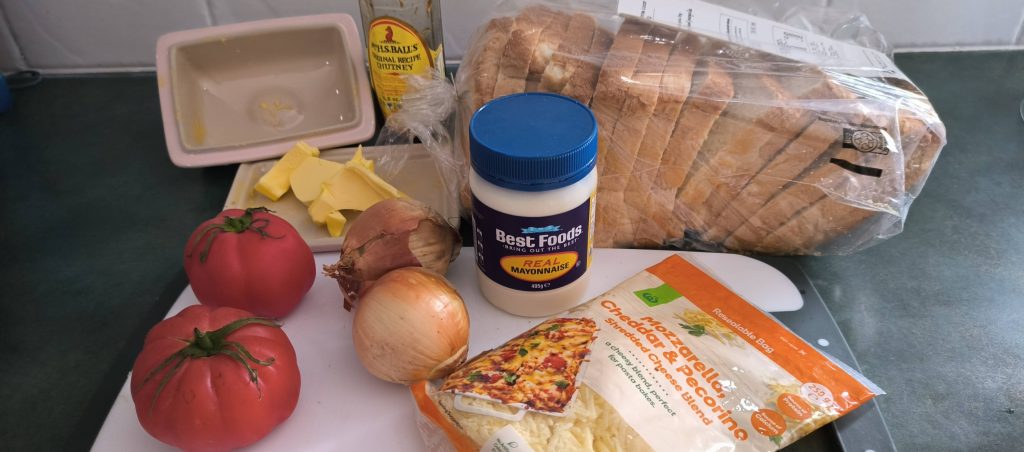
Here are all the ingredients that went into my braaibroodjies. Simple supermarket white bread, but anything that would make good toast would do. You normally use butter, margarine, or sometimes (as I did here) mayonnaise on these, but note that people tend to have a strong preference as to whether buttering the outside of a braaibroodjie is allowed. Leaving them unbuttered makes for a drier exterior, which is what I did at the request of my guest. For the filling I had some very nice, meaty heirloom tomatoes, since that is the main place flavour comes from in this combination. I also had some yellow onion that was thinly sliced. For a cheese, I went back to cheap and cheerful supermarket fare, a pack of grated melting cheese (a mix of cheddar, mozzarella, and pecorino, if you believe the packet). South Africa is not a great dairy country, despite our strong Dutch heritage. And finally, something South Africans do care deeply about, fruit chutney, in this case the most classic example: a bottle of Mrs Balls chutney, in the original recipe. This stuff is so ubiquitous and beloved that nobody makes fun of the name. There is a version made mainly with peaches rather than the mix of peach and apricot and whatnot in this one, and a spicy version (which is spicy only in comparison), and a version that somewhat imitates the flavours of chakalaka (but not much). The flavour, as Jim noted in his post, is sweet and fruity more than anything else, lumpy with cooked-down fruit but still with a relatively runny texture which makes it come out of the bottle in big glugs.
I cut off the crusts, partly because they can be unpleasantly tough after being toasted over the fire, but mostly to allow you to neatly pack the sandwiches together in a grill basket. Then a thin layer of mayonnaise on the inside of each piece of bread. Not the outside, since my South African guest was very particular about that, as some people are.
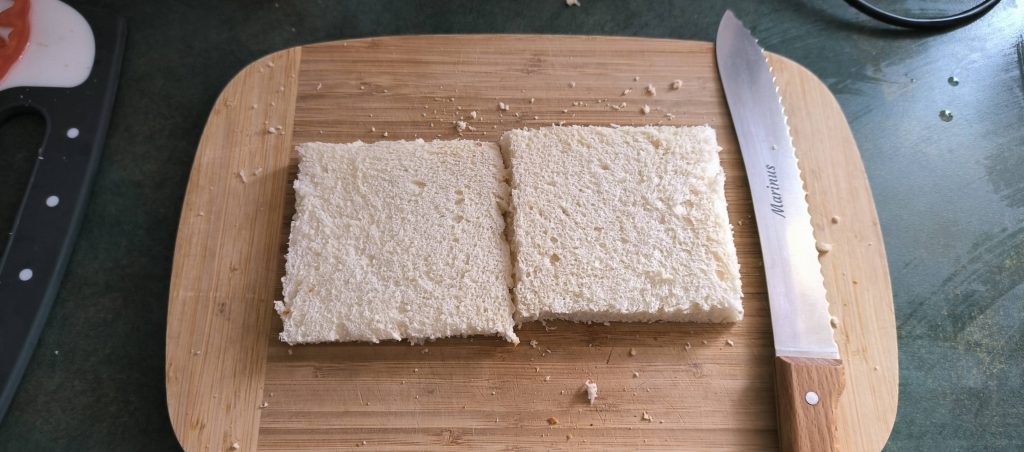
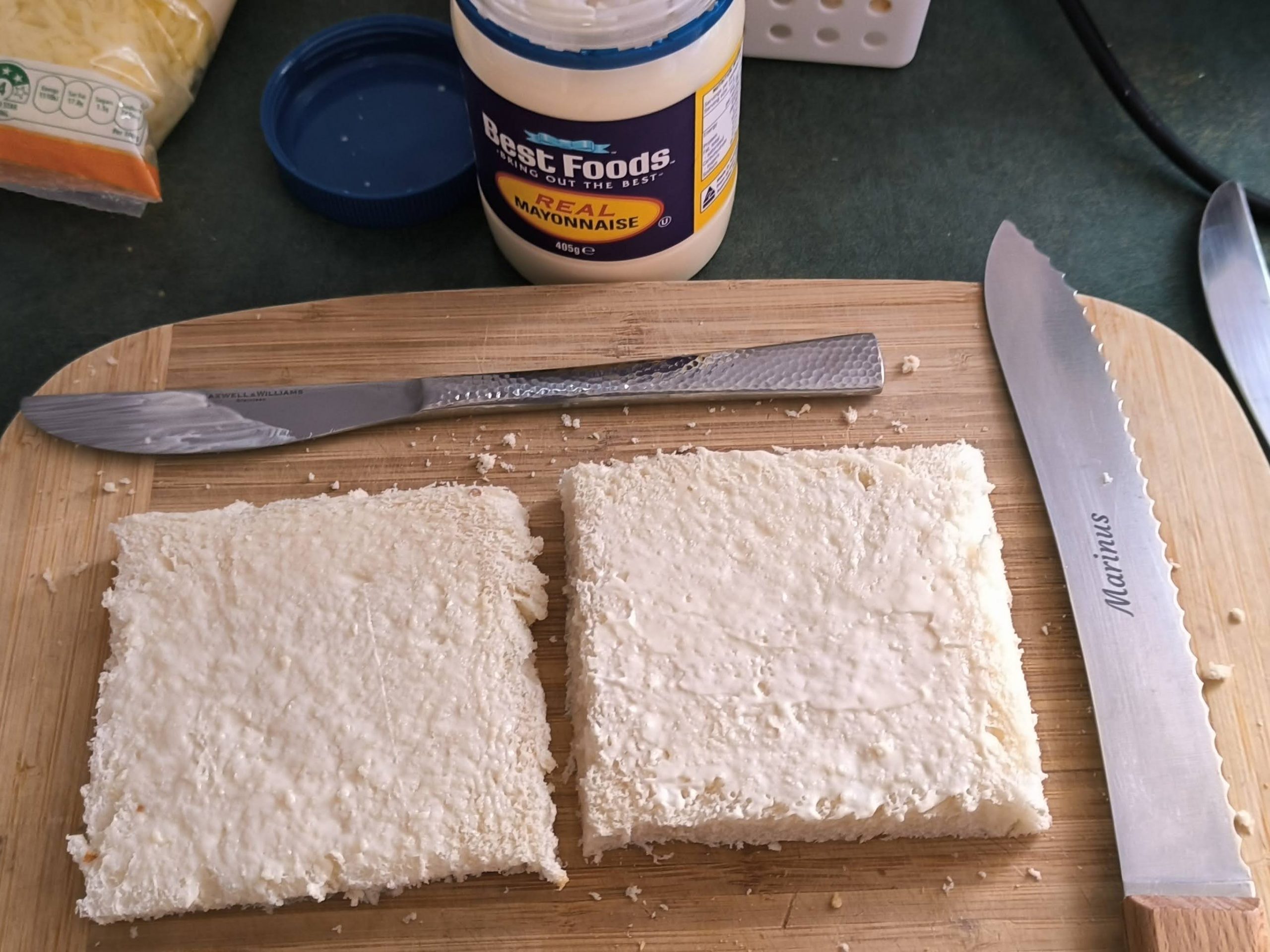
Then I added first some sliced tomato, then some sliced onion. On some of the later sandwiches of the batch I put the chutney down first, so it is next to the tomato rather than next to the cheese. I leave the decision of which is better as an exercise for the reader. I also ended up adding a little more tomato than this to each sandwich. But as mentioned above you need a light hand with the fillings, to stop the braaibroodjie from dripping into the fire.
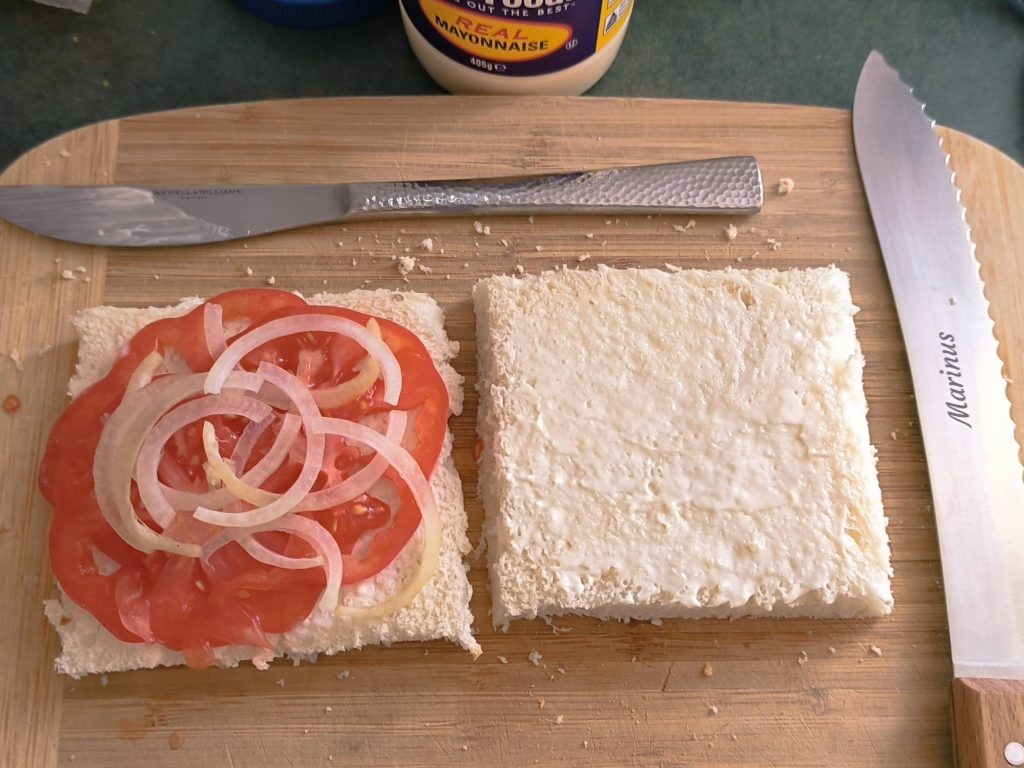
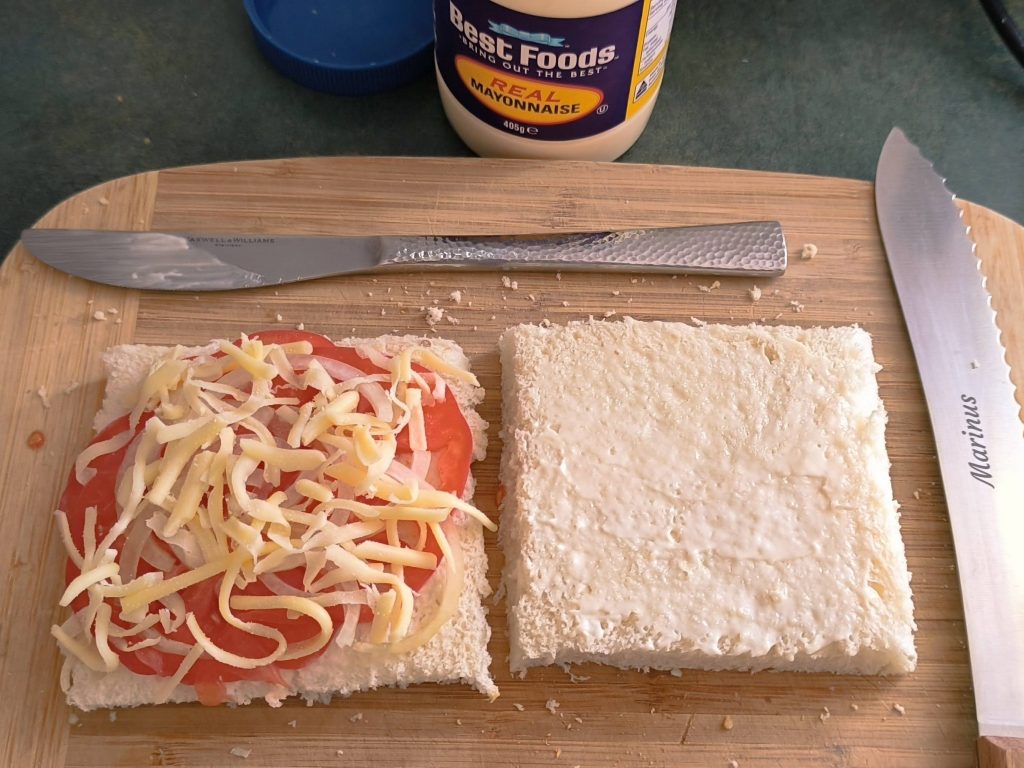
Then I added a light sprinkling of cheese. Finally, a light smear of chutney, before closing the sandwich. And into the grill basket it goes! The grill basket serves to keep the sandwich together, especially while turning it. And every household that braais is equipped with one, since you also use one of these to hold and turn a coil of boerewors over the coals.
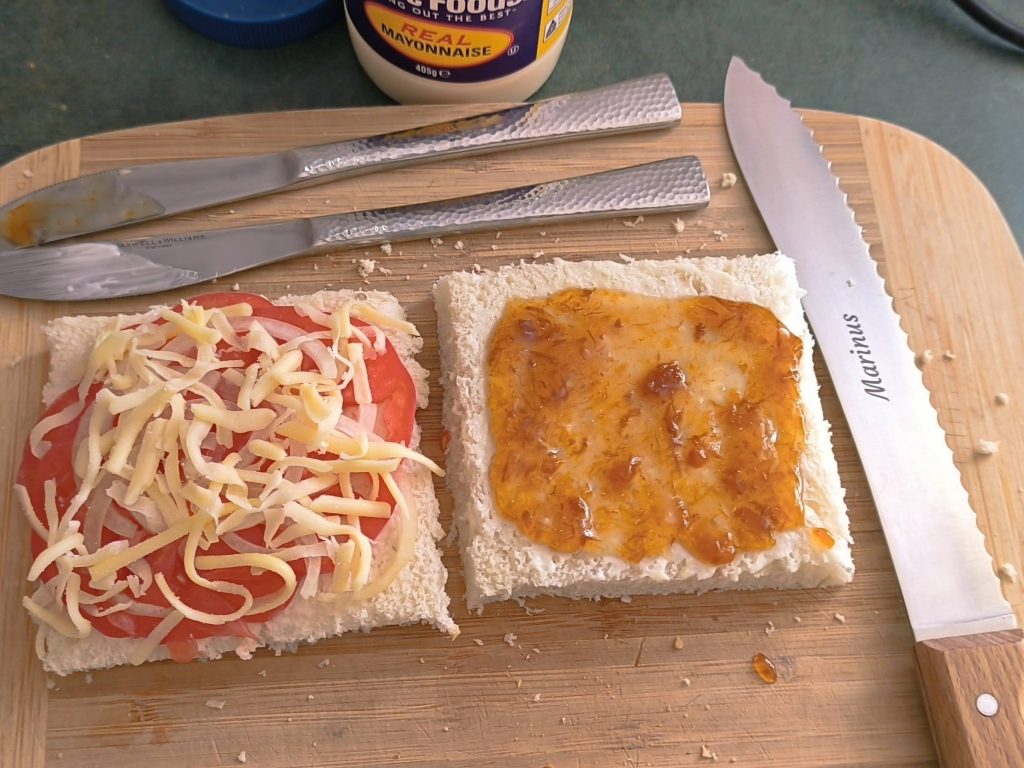
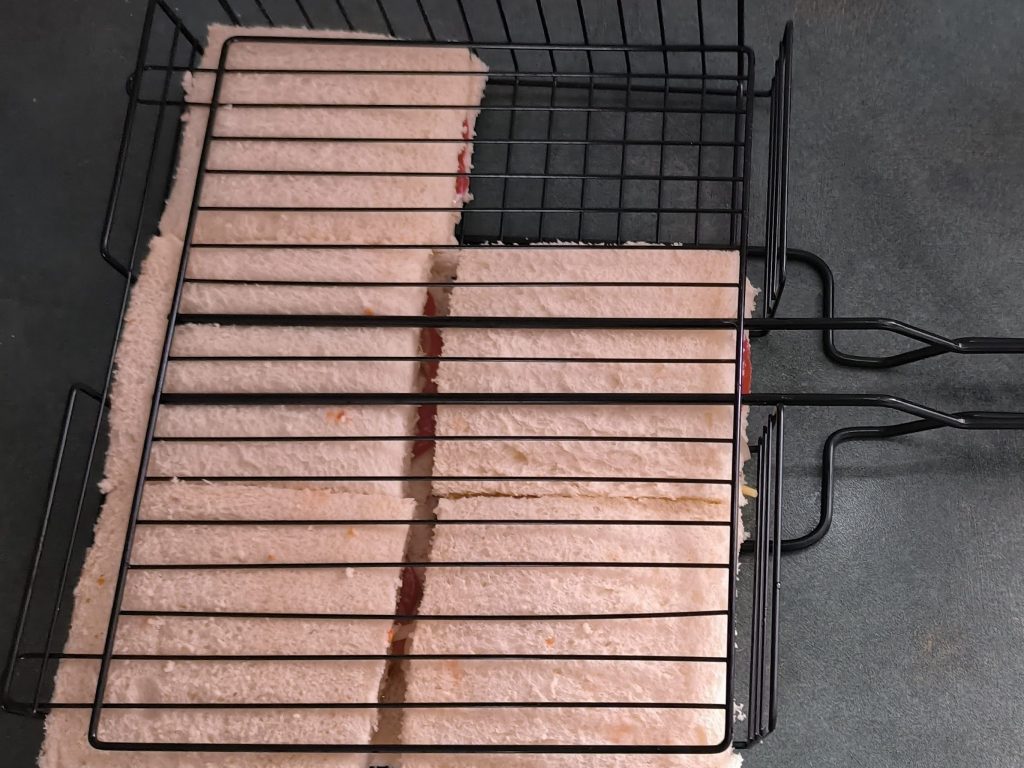
The reader may be amused to discover that after my lengthy discussion of the rights and wrongs of how we grill meat, I ended up doing the other kind of food preparation we do over a fire outside, the somewhat more involved practice of potjiekos. That is where we cook a stew in a round-belly cast-iron pot with little legs attached so it can stand on the ground directly over coals. When looking at the food I had available to feed a party of six, I had more suited for the pot than for the grill. Rest assured that this is very traditional, and the longer cooking time allows for everyone to enjoy even more beers. This potjie was a layered affair of pork shoulder over applesauce topped by vegetables stewed in their own juices. I did make a starter course of skewers of peri-peri prawns, which you can see standing next to the potjie. The potjie took around two hours of leisurely simmer, and I cooked the prawns first once the guests arrived, and then the braaibroodjies while we were enjoying our first course. I also had a pot of pap inside on the stove, to offer some more starch better suited to soaking the juices of the stew (and one guest needed to avoid gluten).
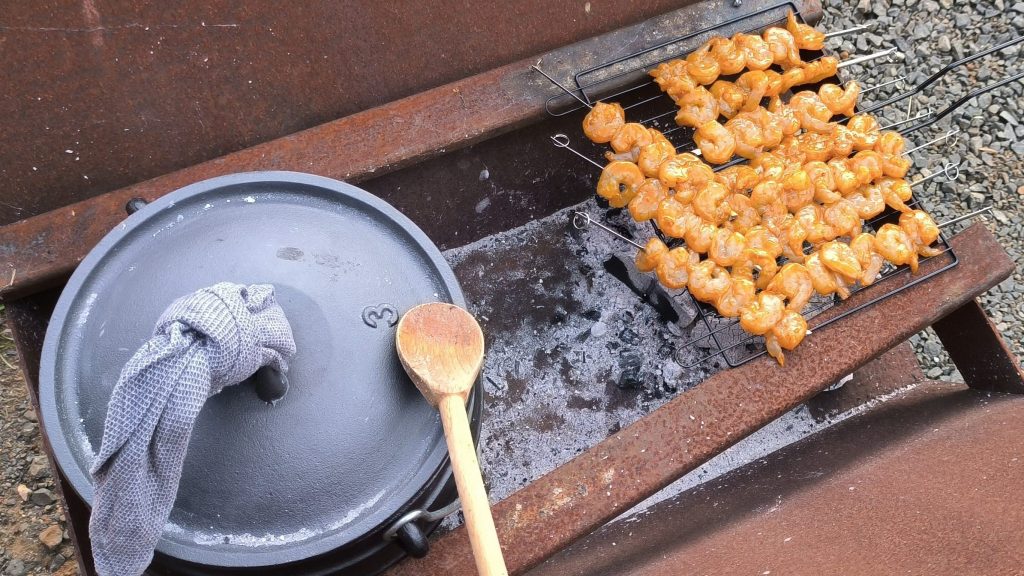
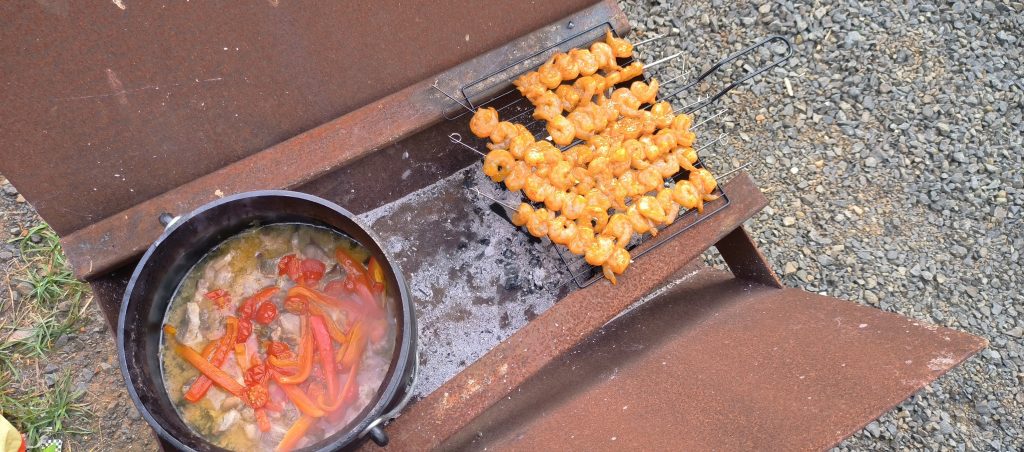
How were the sandwiches? Without buttering the outside, they did not take on much colour from the fire. But the bread dried out and crisped up noticeably, while the vegetables cooked down a bit and the cheese melted. This lead to a pleasant contrast between the dry outside and the moist filling. The flavours were dominated by the tomato, which had lost its firm freshness and started taking the first steps towards becoming a sauce. The chutney also pushed forward the fruity, fleshy flavour of the tomato with its hit of sweetness. The onions were also softened noticeably by being steamed inside the bread for a few minutes over a fire, toning down their sharpness. The small amount of indistinct cheese did its part to balance things with its savory notes, as well as physically helping stick the sandwich together. While this shares the tomato, cheese, and bread from countless comfort foods, the chutney makes it sweeter and fruitier than most. That would have done more to be a contrast if it was paired with the usual braaivleis of chops and sausage rather than with the already fruity pork-and-apple potjiekos. But even with multiple doses of sweet-and-savory, the play of textures set this apart and did its job of exciting the taste buds with variety.
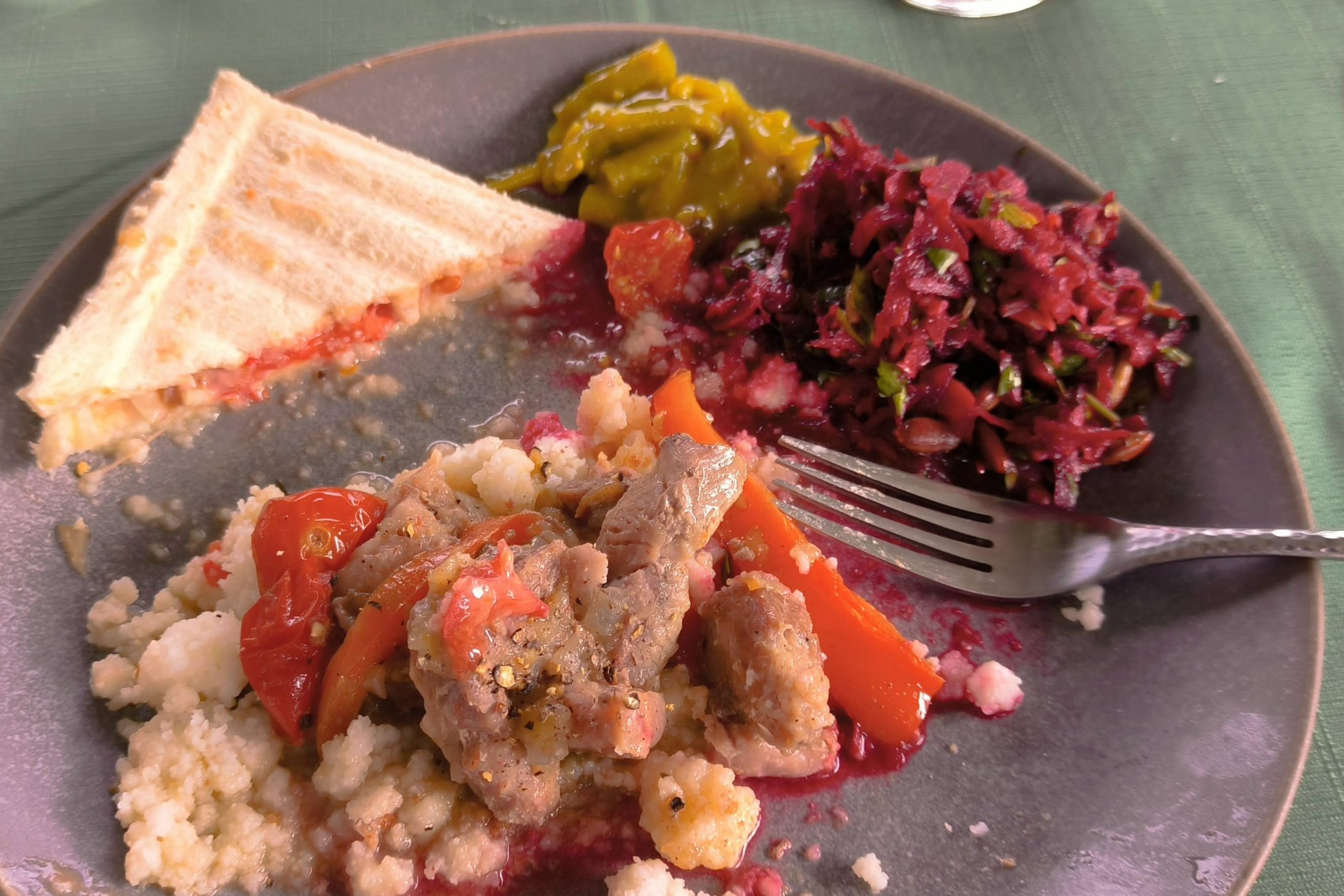
All in all, the task of a braaibroodjie is to be an easy and pleasant accompaniment to everybody’s favourite past time: standing around a fire as you leisurely put together food and good company.
A South African now living in Australia, after 12 years in New Zealand and 4 in Ireland. Has worked as an academic researcher for the past decade, which is only slightly less time than it took him to fulfil his promise of writing an entry for the blog.


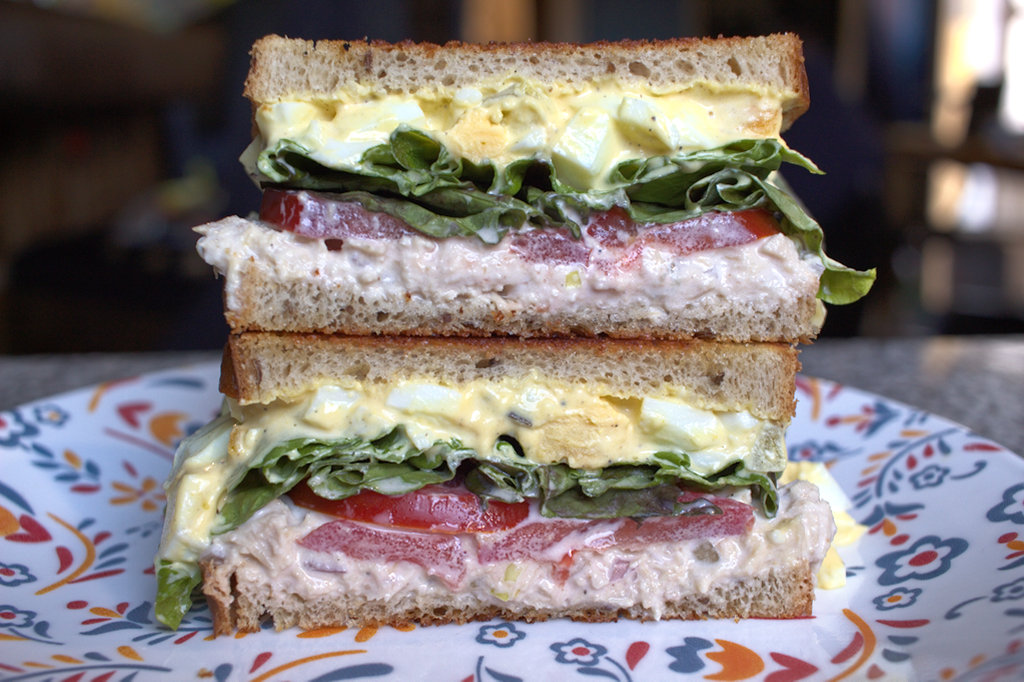
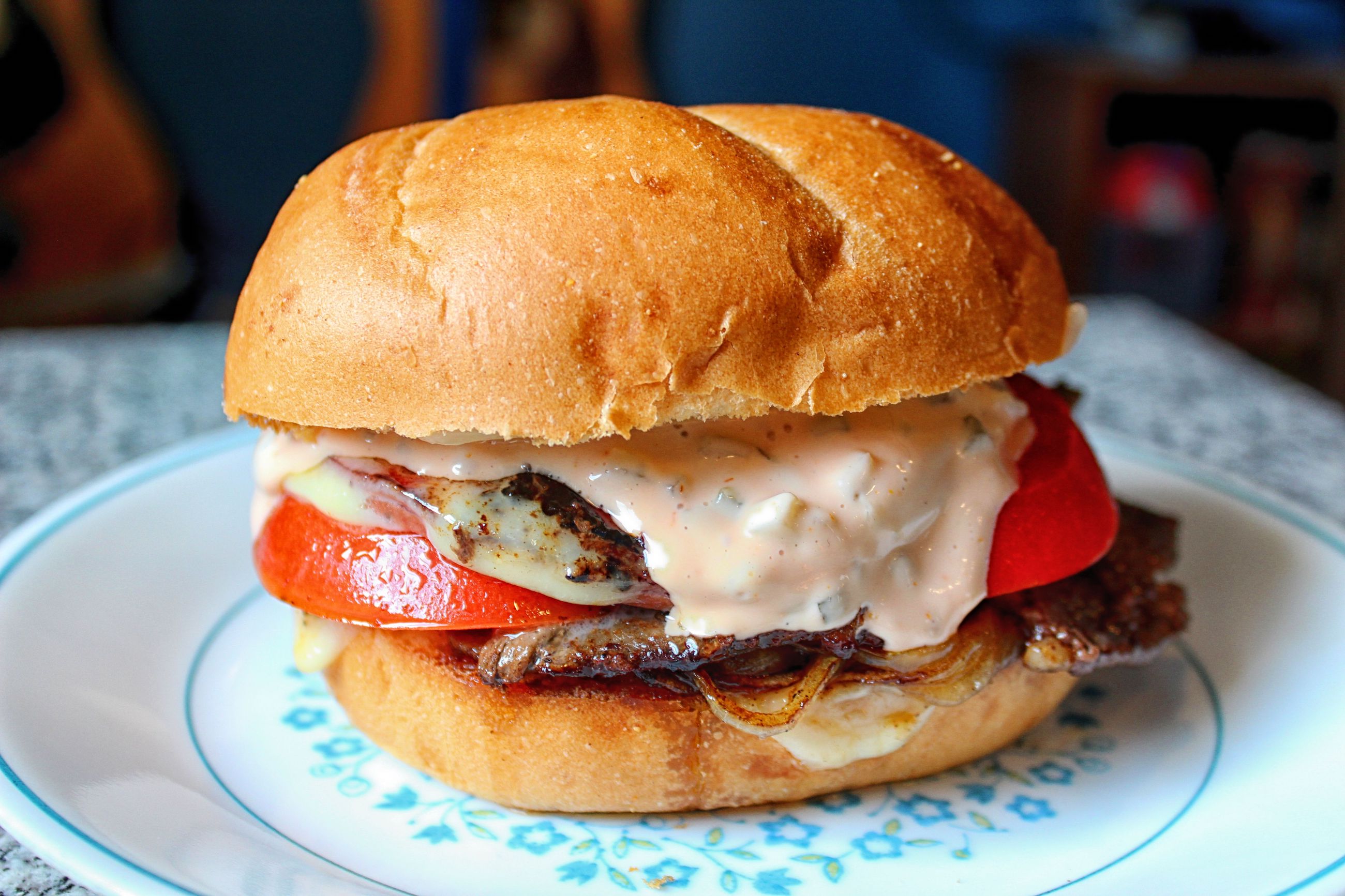

Recent Comments